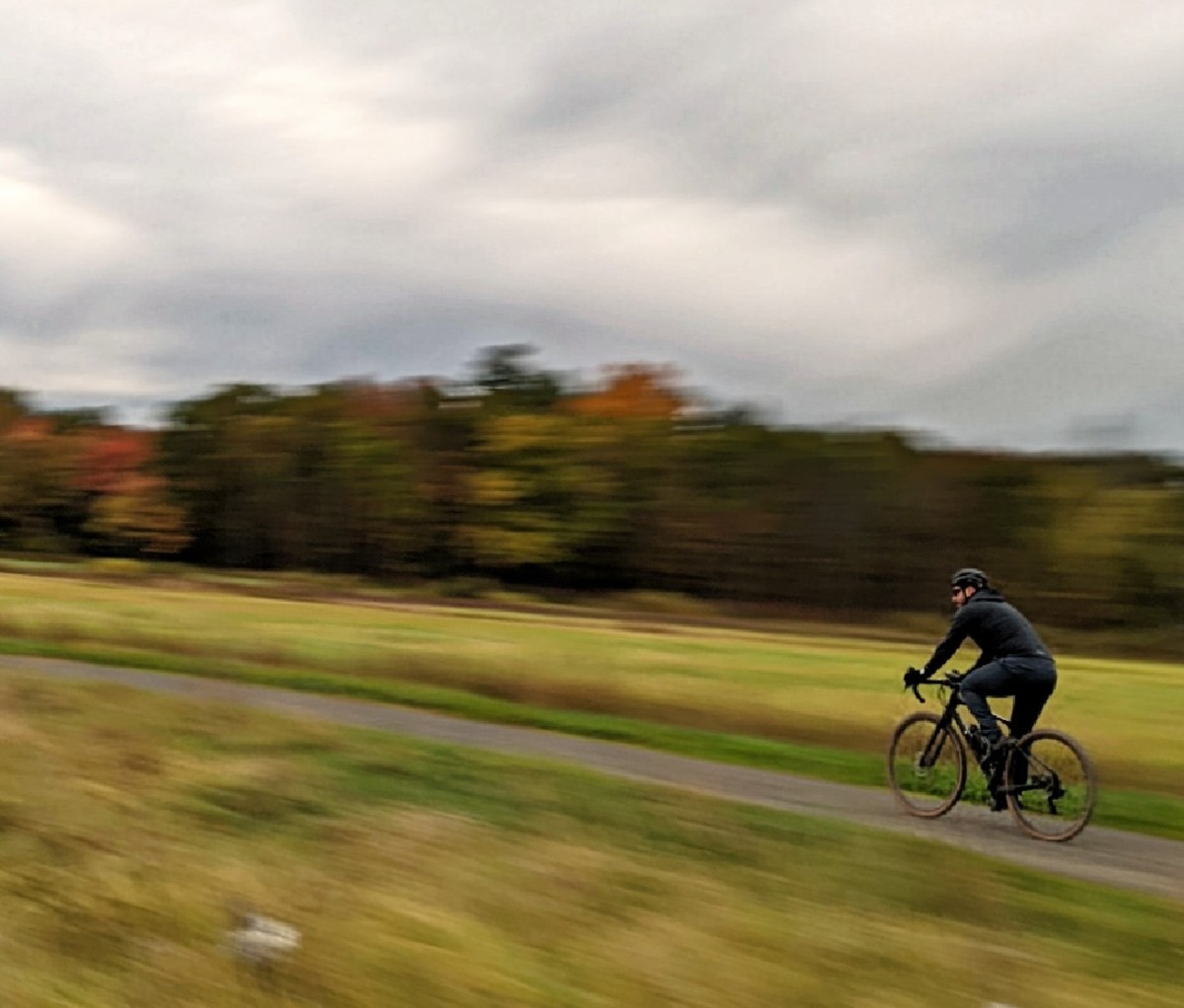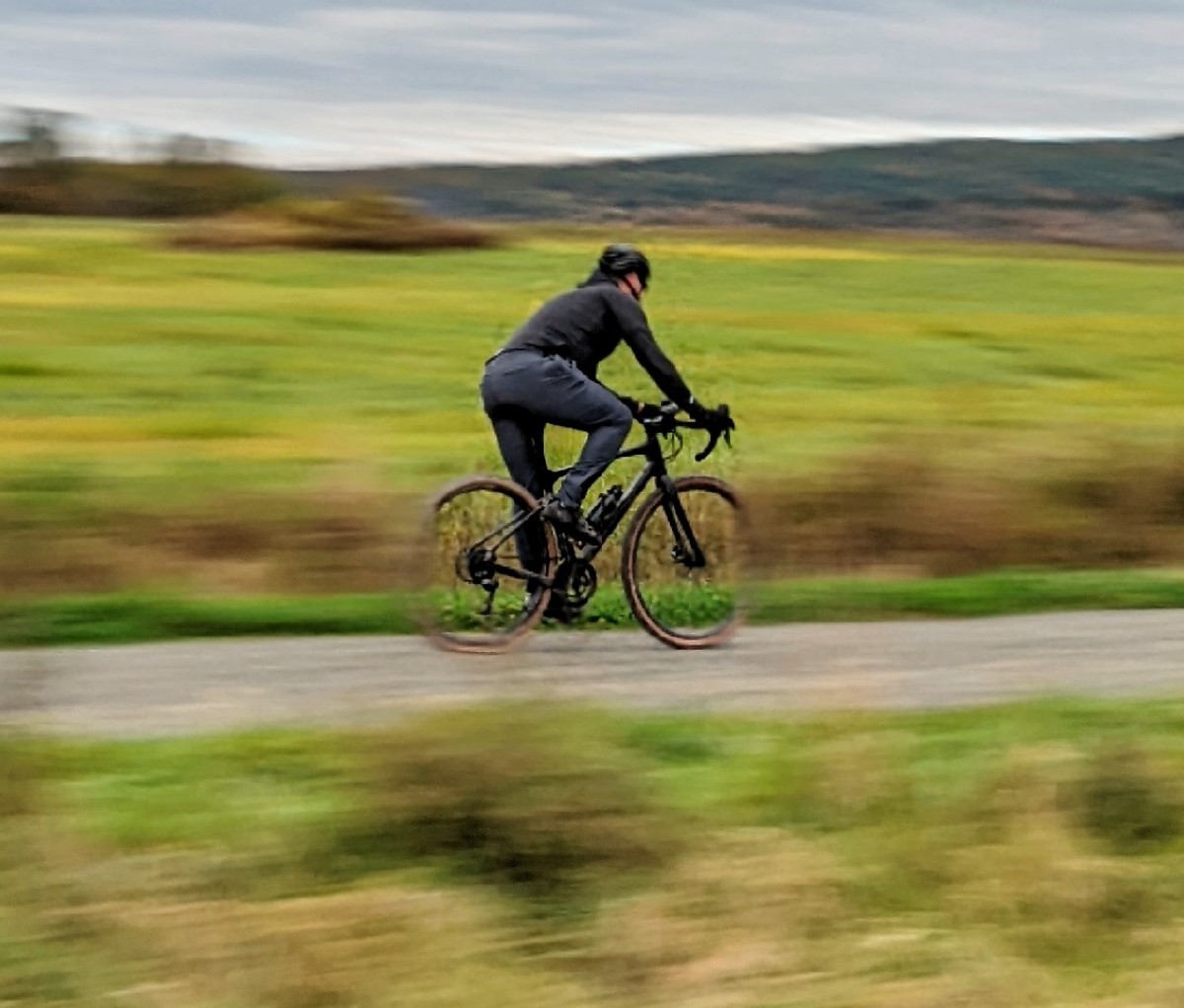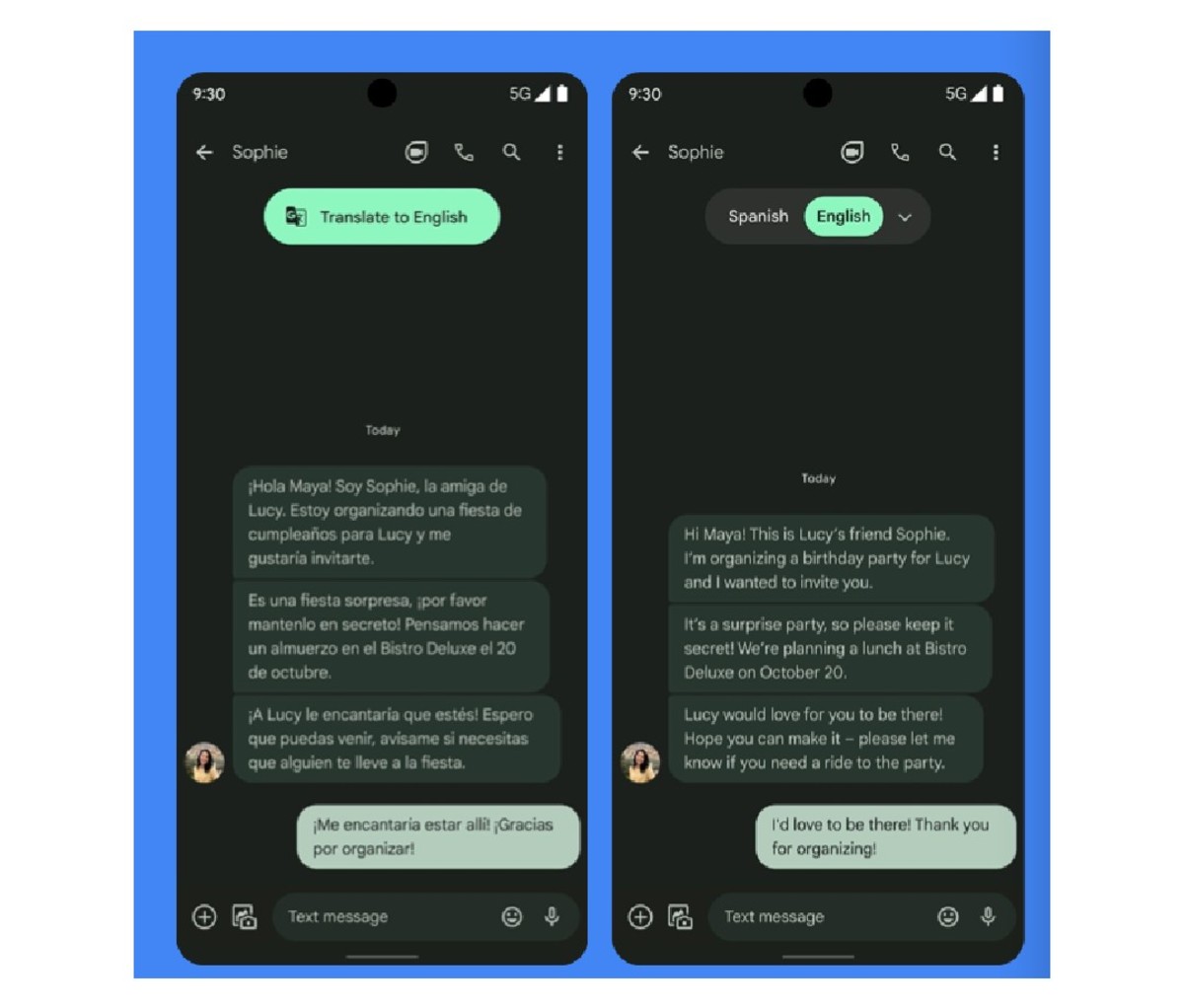[ad_1]
With a 50-megapixel main camera sensor, its own chip, and a killer price, you might conclude Google’s no longer content to make its own phones “kinda” competitive with Apple. You’d be damn right. I’ve had the Google Pixel 6 Pro ($899) to test for a quick 48 hours ahead of the media embargo and, so far, it’s impressive. (Google also dropped an even cheaper $599 Pixel 6, but we’re focusing on the top-end 6 Pro.)
If you’re shopping strictly Apple, here’s the quick and dirty on why you shouldn’t sleep on Google.
Camera Sweetness
Sorry to nerd out, but let’s do some quick math. Don’t sweat; this’ll be easy. Google finally ditched the smaller 12.2MP main camera sensor for 50MP. It sounds like a massive leap, but actual sensor size doesn’t jump to what would sound like 4x in physical dimensions. So while Apple’s new iPhone 13 Pro sticks what sounds like a “tiny” 12MP sensor, what’s really going on here is cramming more pixels onto a still relatively tiny sensor. Google’s boasting both physical and computational workarounds to get as much light sucked into its three lenses as possible, and they’ve seen a 150 percent jump there, but Apple’s boasting better light gathering across its spectrum of three lens apertures.
What does this boil down to?
Simply that megapixels alone are no longer the end all be all, especially when both companies are applying computational brilliance to analyze image making as it’s happening. What really matters is how well they do the latter, and not a stats sheet. A few examples follow.

Google Pixel 6 Pro Action Pan Courtesy Image
Motion Capture
A panning shot with a traditional camera requires tracking your subject and turning the camera simultaneously, to introduce a blurred background to the image. Or you might shoot at a very slow shutter speed so something in motion, like a rushing waterfall becomes blurry, behind a static subject, like your travel buddy mooning for the camera.
But Google’s new Pixel Pro lets you take an Action Pan of a moving subject or a Long Exposure of that waterfall, so the motion gets introduced digitally. I tried it out while my friend Tom biked around, and the effects were pretty cool (sometimes). All I did was tap on Tom as my subject (a little circle appears) and followed him with the camera.

Google Pixel 6 Pro Action Pan Courtesy Image
The background looks blurred, but Tom looks sharp. Crop in, however, and you can see little artifacts around the wheels of his bike. The gremlins in Google’s algorithm can’t quite decide what’s supposed to be sharp (the subject) and what’s supposed to be blurry (the background). It works better when the thing moving is behind your subject, taken as a long exposure, and it probably could work great if the main subject isn’t riding a bike (a car, probably, would work well), but I chose something difficult to really test the limits.

Face Unblur feature on Google Pixel 6 Pro Courtesy Image
Face Unblur
Another feature that’s honestly astonishing, is Face Unblur. I asked Tom to first move his head back and forth rapidly (left) and slowly (left).
Both came out perfectly sharp, soft-focusing the background, and freezing Tom’s face. In the second shot, you can actually see the speed of Tom whipping his head around, since his cheeks and lips are going one way while his forehead is going the other. But he’s almost perfectly in focus. If you’ve ever had a shot ruined because someone moved at the last second, it’s possible Google just excised that issue from happening again.

Selfie taken on Google Pixel 6 Pro Courtesy Image
Excellent Selfies
One very evident feature that’s not down to some hardware upgrade, but definitely thanks to Google’s computational photography brilliance, gets exhibited when you take a selfie. The example above was shot under the shade of a gazebo, with a very sunny background. Ordinarily (and on my own iPhone 11 Pro, when I tried this same shot) you’d have to choose between the background being over-exposed with the foreground well-lit or vice-versa.
But in this image we’re both illuminated and the background is sharp without being blown out.

Google Pixel 6 Pro translation feature Courtesy Image
Other Google-centric Tech
On-screen captioning isn’t new, but the Pixel 6 Pro is more fluent than any device I’ve tested. Basically, if you’re watching a foreign-language video you can enable that live translation and the phone will just caption what’s being said into your native tongue. I watched a TV commercial about a Japanese ice cream store in Tokyo with the captioning enabled. Was it perfectly fluent? Nope. But it described the decor accurately enough for me to figure out, and also described the menu clearly, so I’d easily know what I’d want to order.
Plus, you can use the translation for live texting conversations on just about any app, where you can text with a friend who’s more comfortable in another tongue, and the Pixel 6 Pro will automatically show each of you the thread in your native languages.
The Hidden Brain
What’s making so many of these tricks possible is Google’s new Tensor chip, designed specifically for Pixel. That’s necessary, for instance, to capture natural skin tone live while shooting 4K video, as well as voice to text that can actually keep up with your dictation (and be accurate). These aren’t aspects you want handled in the cloud, because they may be slow, and you don’t want everything you do in the cloud either. (Speaking of which, Google also enables more granular security controls on the Pixel 6/Pro, so you can decide what’s stored where—and which apps listen, and when.)
The Phone in Your Hand
Reservations? Sure, I have one large one (emphasis on “large”). The Pixel 6 Pro is getting better camera tech than the standard Pixel 6, but it’s only available in a form factor that’s slightly larger than the already pretty big iPhone 13 Pro. At 6.5 inches, this is a long phone that, sure, delivers a beautiful, cinematic performance, with room-filling stereo sound. But in your pocket and hand it can be awkward, and, at least out of the gate, the rubbery cases that Google’s launched with it are a little slippery. In the past Google offered textured cases that were grippier, and I’d hope they’d move in that direction here, because the protrusion of the camera bar that houses all three lenses means you’re going to need to protect this phone—going caseless is really not an option.
Still, the tech is legit—and at $899, Google is undercutting the competition by $100. That’s not too shabby, either.
[From $899; google.com]
For access to exclusive gear videos, celebrity interviews, and more, subscribe on YouTube!
[ad_2]